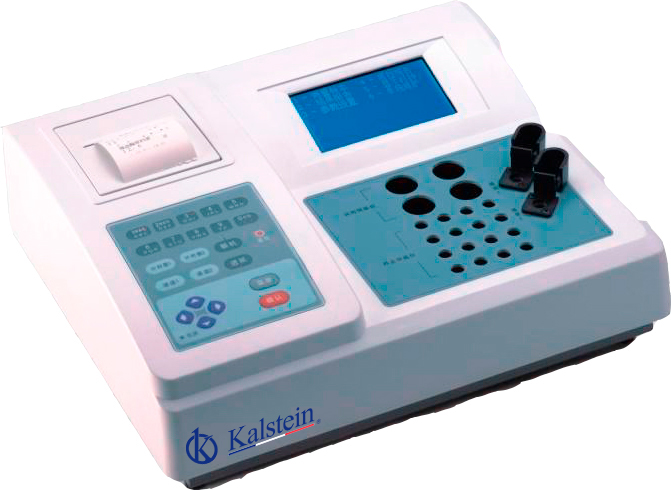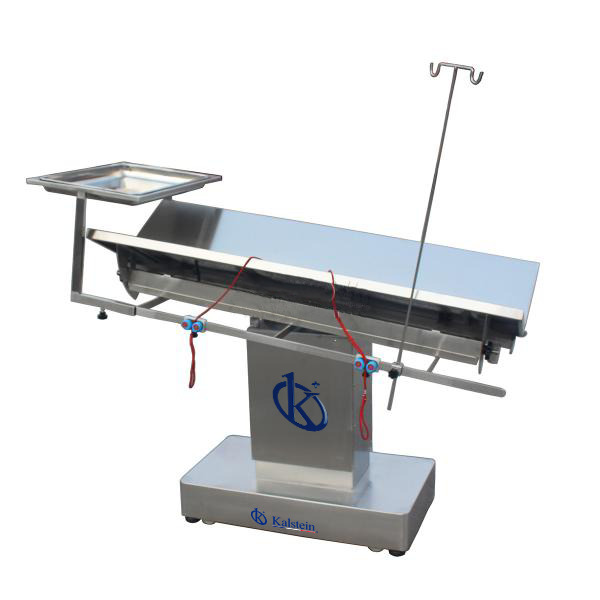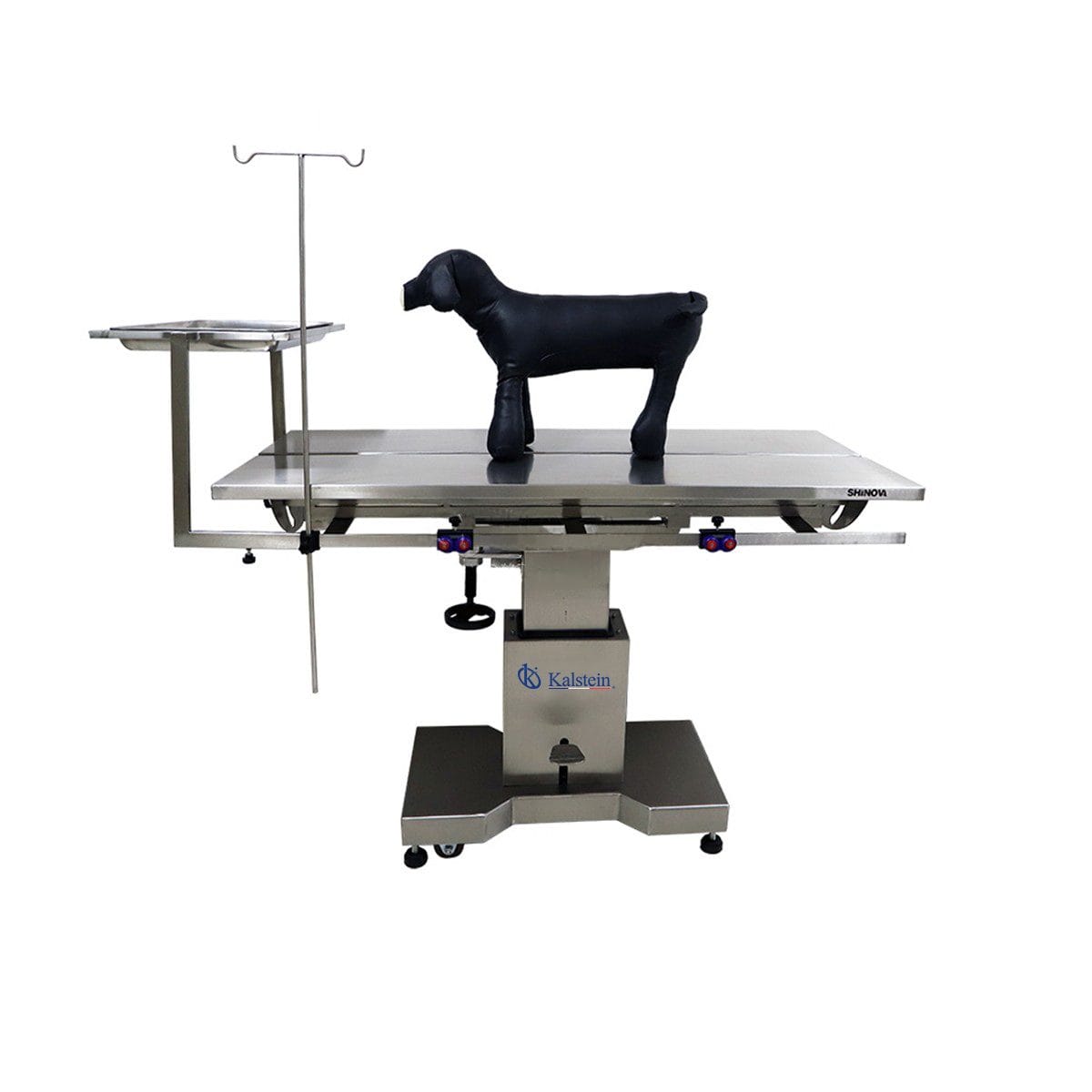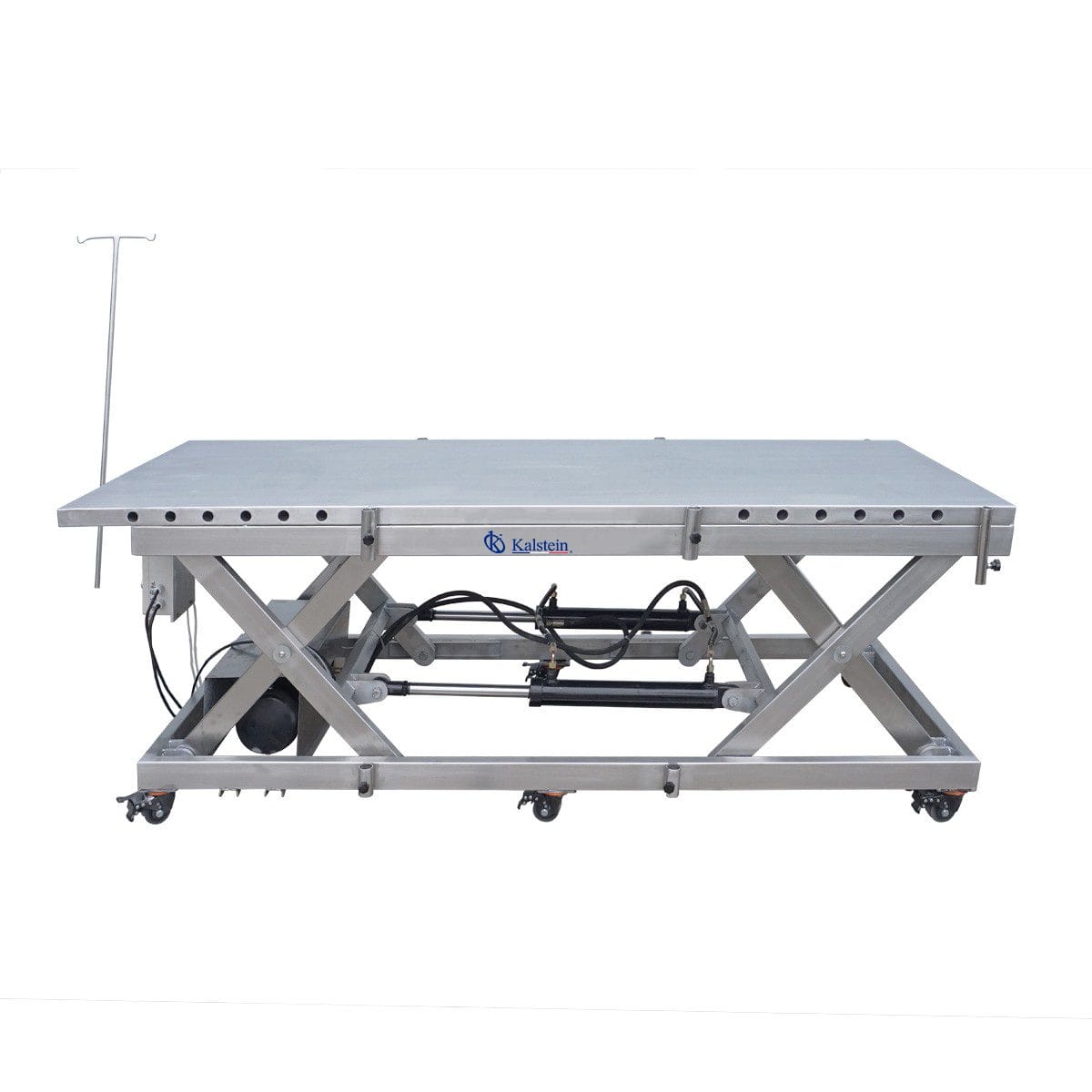A coagulation analyzer is a laboratory equipment through which coagulation factors, essential elements required to stop bleeding, can be measured with precision and accuracy, and in this way to identify possible abnormalities that can lead to excessive bleeding. or thrombosis.
It is important to clarify that the hemostatic system is involved in the body’s defense system, which is essential for life. On the one hand, it prevents both blood loss and blood flow disturbances and contributes to the repair of tissue and vascular damage.
In addition, it participates in the formation of new connective tissue and in revascularization. It is made up of a series of biochemical reactions that take place at the blood-endothelial interface.
What happens before a vascular aggression?
In the face of vascular aggression, a series of events take place that try to prevent blood loss through vasoconstriction, platelet aggregation at the site of injury, activation of coagulation factors, which will lead to the formation of a clot; and subsequently, the action of the fibrinolytic system in the dissolution of the clot and restitution of the integrity of the endothelium.
During this process, different factors or components participate, necessary for the maintenance of normal hemostasis, such as: vascular, platelet, plasmatic and fibrinolytic, with their factors and inhibitors.
The endothelial cell plays an important role in hemostasis because coagulation reactions take place on its surface, substances are synthesized and secreted, and it is in contact with the subendothelium. The substances it synthesizes and secretes are divided into 2 large groups: procoagulants, such as thrombospondin, tissue factor, fibronectin, von Willebrand factor, factors related to the contact system, factor V, among others; and anticoagulants, such as thrombomodulin, antithrombin receptor, tissue plasminogen activator, prostacyclin (PGI2), to name a few.
Platelets are small cells with a half-life between 7 and 10 days, whose presence is essential for the development of the initial phase of coagulation.
The third component involved in hemostasis is coagulation and fibrinolysis factors and inhibitors, which includes procoagulant elements, anticoagulants, and fibrinolytic agents.
What coagulation tests are available in the laboratory?
Numerous techniques have been developed in the laboratory to study these stages in order to determine the cause of hemorrhagic and thrombotic processes. Some of these techniques are very complicated and can only be performed in specialized laboratories. However, others are very simple, such as those of the coagulogram, and are widely useful in laboratories related to care, since many of the tests that make up the coagulogram can be performed using an automated coagulation analyzer.
In this orientation process, clinical information and laboratory studies must be integrated, which allows the tests offered to be used appropriately and to obtain the necessary answers for decision-making at the lowest possible cost, both for the patient and for the economy. from the country.
What is the coagulogram?
The coagulogram is a set of tests that evaluate the functioning of the different components of the hemostatic system in a global and guiding manner. Its importance lies fundamentally in the simplicity of its realization and in the availability of the means and resources for its execution. This set of tests consists of: loop test, bleeding time, platelet count, clot retraction, coagulation time, prothrombin time (PT), activated partial thromboplastin time (APTT) and thrombin time (TT) .
At Kalstein we have a fully automated coagulation analyzer with excellent performance, ideal for laboratories with a large volume of samples, it performs coagulation, chromogenic and immunochemical tests simultaneously. Through a number of built-in features, such as auto-repeat, dilution, reflective testing, and multi-dilution analysis (MDA), our analyzer adds the speed and high throughput needed in large laboratories. That’s why we invite you to take a look HERE




